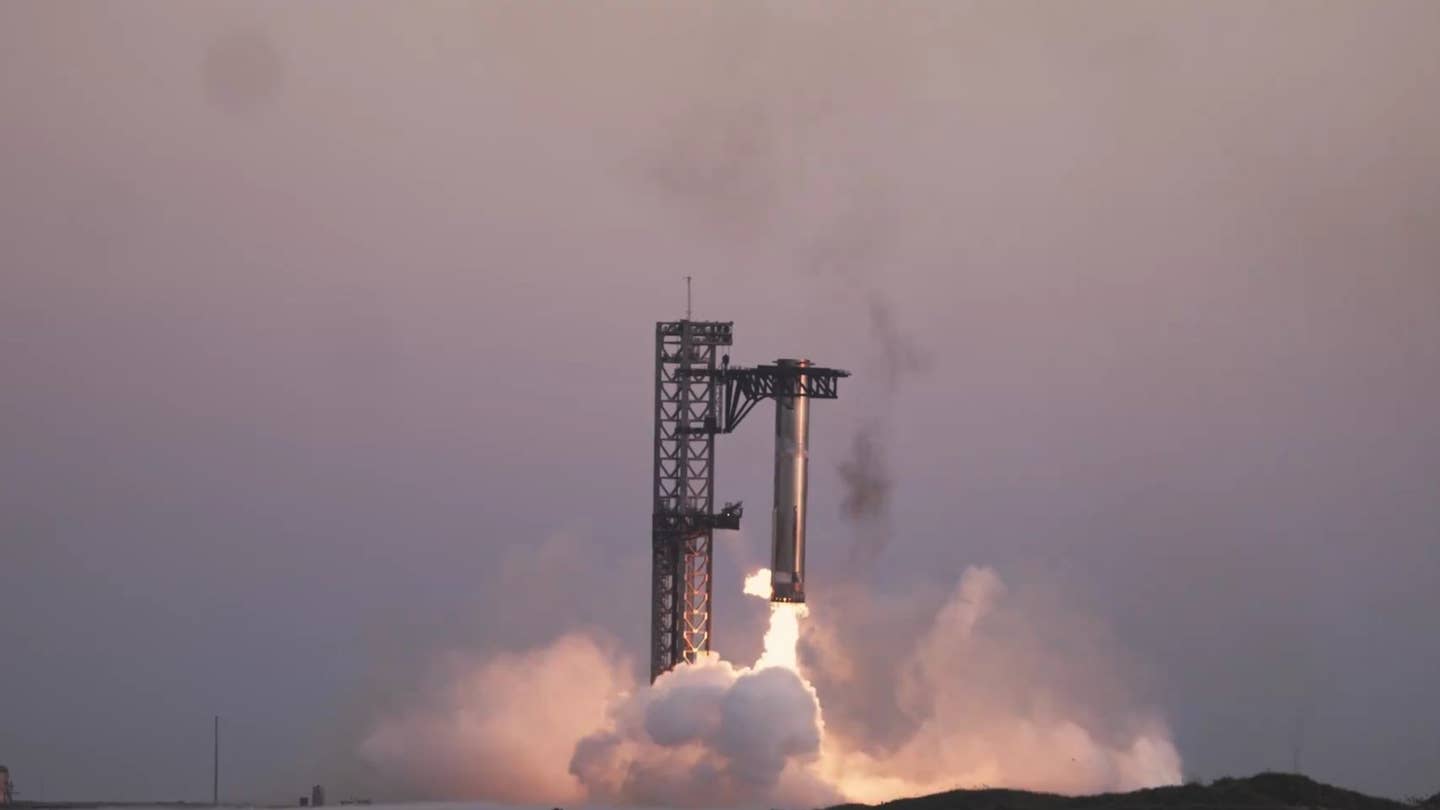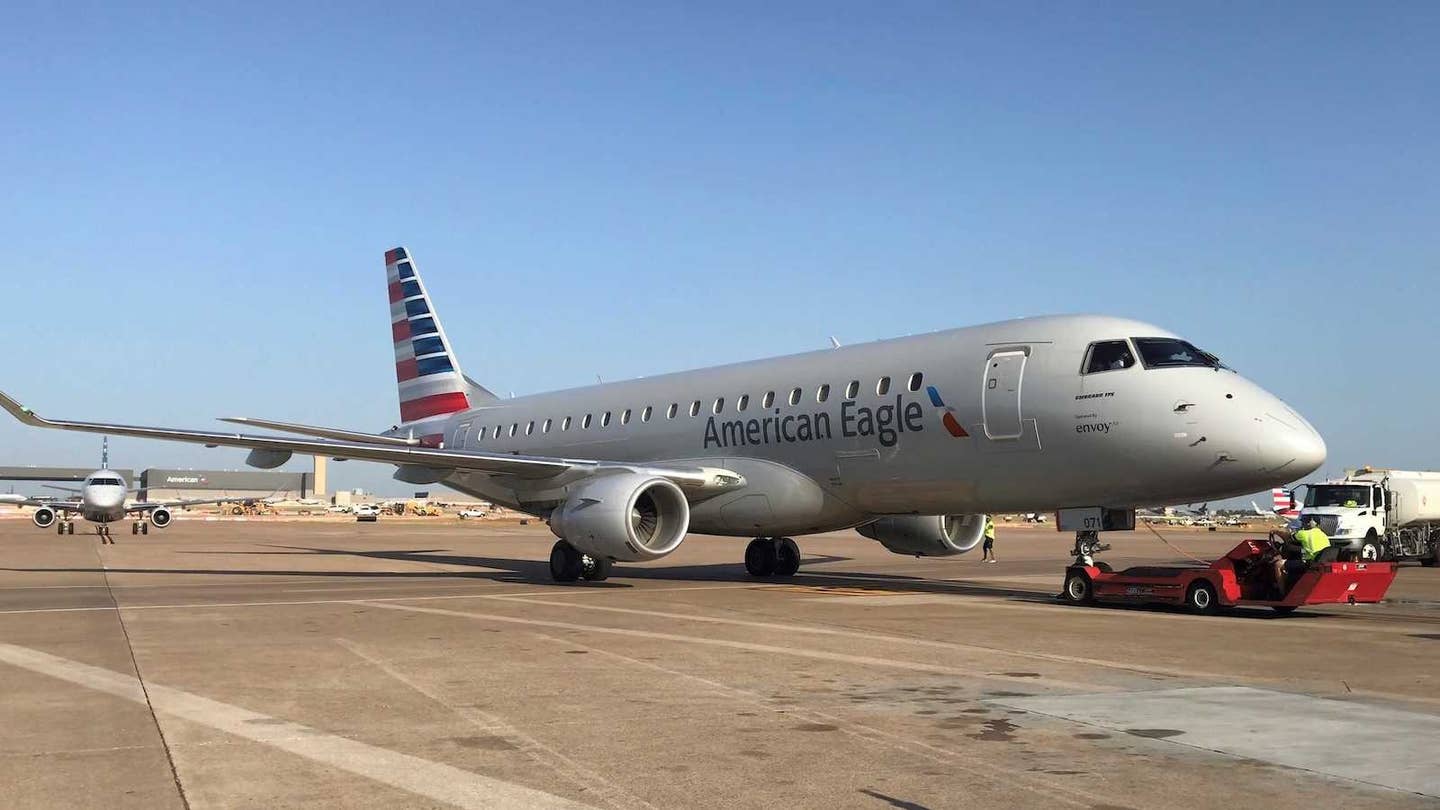
Neil Armstrong
The world paused on Saturday to remember Neil Alden Armstrong, the first man to walk on the moon and an enduring icon of the space age, who died suddenly after complications from cardiovascular surgery. He was 82.
A quiet and private man who friends knew as humble in spite of his outsized accomplishments, Armstrong was first and foremost an engineer and pilot.
On July 20, 1969, when he stepped off the footpad of the Apollo 11 lunar lander Eagle and onto the surface of the moon, he made history with the proclamation “That’s one small step for [a] man,” and “one giant leap for mankind.”
Back on Earth 238,000 miles away, millions of people around the world shared that historic first step in grainy black-and-white television and heard his words through mission control in Houston. The event catapulted Armstrong into the pantheon of famous explorers who had come before him – men like Columbus and Magellan. Armstrong never seemed comfortable with the idea that what he accomplished was worthy of such high esteem.
Armstrong was born on Aug. 5, 1930, in Wapakoneta, Ohio, to Stephen and Viola Louise Armstrong. His father was a state auditor, which meant the family moved every few years to a new Ohio town while Neil was growing up.
At the age of 6, Neil and his father took a ride in a Ford Trimotor, an experience that made an impression. The young Armstrong learned to fly when he was 15.
Armstrong began his military flight training when he was 18 at Naval Air Station Pensacola and flew F9F Panthers in the Korean War. After his active service with the Navy, he earned a degree in aeronautical engineering from Purdue University.
Upon graduating, Armstrong signed on to become a test pilot at the Dryden Flight Research Center at Edwards Air Force Base. His first flight in a rocket plane was in the Bell X-1B, a successor to the airplane Chuck Yeager had first flown faster than the speed of sound. Armstrong would later fly the X-15 to a height of 207,500 feet and a top speed of Mach 5.74.
In 1958, Armstrong was chosen as a consultant for a military space plane project, the X-20 Dyna-Soar, and was later named one of the pilots. But he was soon attracted by another opportunity. NASA was receiving applications for the second group of astronauts, after the original Mercury Seven. Armstrong’s reputation after seven years at the NASA flight center at Edwards made him a natural for the astronaut corps.
Armstrong first joined onto the Gemini program and later the Apollo program, serving as mission commander of the famous Apollo 11 mission. On that mission, he made history, exploring the surface of the moon for about 2.5 hours with fellow astronaut Buzz Aldrin, where the pair planted an American flag and left a plaque bearing the inscription, “We came in peace for all mankind.”

Sign-up for newsletters & special offers!
Get the latest FLYING stories & special offers delivered directly to your inbox






